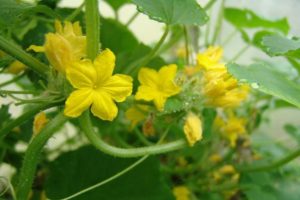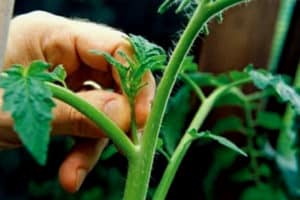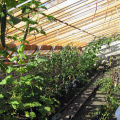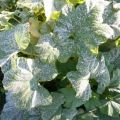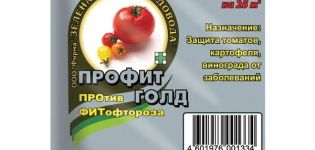Description of cucumbers varieties Lukhovitskie, characteristics and cultivation
Numerous reviews say that Lukhovitsky cucumbers are very popular among gardeners, due to their excellent taste, presentable appearance and versatility. Although it is known that they need special conditions, you can plant them on your site.
Description of the variety
Lukhovitskie is not one variety, but the common name of several. They are united by the special growing conditions required to obtain a high-quality harvest. This type includes all varieties of cucumbers grown in Lukhovitsy, using a special technology, which contributes to the production of hard, crunchy fruits.
This type of cucumber was created in the USSR, then the following varieties were especially popular: Graceful and Libelle. Today, vegetable growers plant many Dutch and Russian varieties. But when choosing, take into account frost resistance and the ability to withstand various diseases and pests.
The name comes from the area of Lukhovitsy, located on the banks of the Oka River, where climatic conditions differ, having a positive effect on the properties and growing of vegetables. Lukhovitsky cucumbers are small in size, have a high density, the skin is covered with pimples, and also a characteristic feature is a crunch when biting off.

Popular varieties
In the last century, there were many varieties of Lukhovitsky cucumbers, but today they have become noticeably fewer. The most popular varieties among summer residents in our time:

- Vyaznikovsky is a variety of cucumbers, characterized by short-peeling, the length of the fruits of which does not exceed 11 cm, and their weight is approximately 130 g. The shape of the fruits is elongated, the skin is bumpy, there is no bitterness in the taste. The yield is up to 3.5 kg per square meter of area. It tolerates temperature fluctuations, various pests and diseases well.
- Mirinda - differs in mid-early ripening, the plant produces cylindrical fruits with a rough surface. Taste without bitterness, the average length is 12 cm, and the weight is 110 g. Cucumbers can resist cladosporium disease, and yield from 6 kg of yield from 1 m of soil.
- Muromsky - cucumbers grow up to 14 cm, reaching a mass of 140 g, the shape is oblong-ovoid, the skin is tuberous. They tolerate powdery mildew and bacteriosis. About 3 kg can be collected from one meter of the ridge. harvest.
- Graceful - characterized by resistance to olive spotting, in terms of ripening - mid-season. The shape of the cucumbers is elliptical, they have tubercles on the skin, they grow up to 13 cm and weigh 140 grams. Quite a high-yielding variety - 5–7 kg per 1 m3.
The Lukhovitsky f1 variety is especially famous, it is considered medium-sized, up to 4 ovaries are formed on the bush. They ripen in a short time, the purpose of the fruits is universal. Cucumbers are oval, dark green in color with lighter stripes. The skin has small tubercles, and the weight of one fruit reaches 110 grams.

Subject to the rules of cultivation, the above varieties are ready for greenhouse cultivation or planting in open ground.
Advantages and disadvantages of Lukhovitsky cucumbers
Cucumbers, which are grown according to the Lukhovitskaya technology, have special characteristics of the description of the variety, among which both pros and cons can be distinguished. The advantages of this type include the following qualities:

- correct shape and small size;
- approximately the same dimensions;
- the ability to grow in open ground and in greenhouse conditions;
- high productivity;
- lack of bitterness in taste;
- early maturity;
- juicy pulp with a pleasant crunch;
- lack of voids inside the vegetable;
- grown cucumbers are subject to long-term storage;
- resistance to cold and disease;
- ability to tolerate transportation.
Quite an impressive characteristic, but the disadvantage in growing Lukhovitsky cucumbers is the need to constantly ensure special growing conditions. Therefore, it is better for novice gardeners not to take up their cultivation.
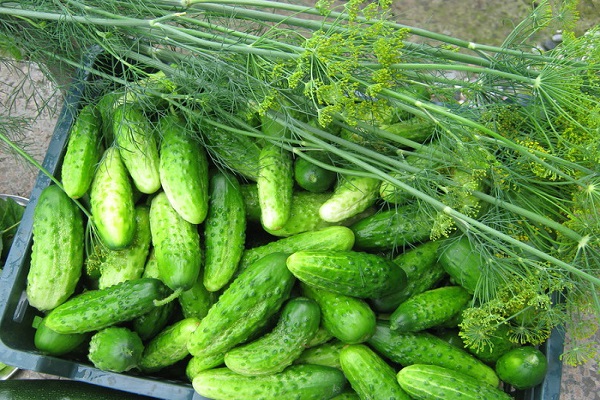
Growing
As it is already clear, the Lukhovitskys are not a separate variety, but represent a group of plants that require a special growing technology, but at the same time they are characterized by high productivity and early maturity.
There are quite thermophilic varieties produced in India, where it is always sunny and there are no cold snaps. The required temperature for their growth is 15 degrees, so they cannot stand the cold Russian nights. But here, experienced vegetable growers figured out how to grow them in our conditions, and resorted to tricks. They began to plant plants in ridges with manure, a natural source of heat. The preparation of such ridges is started in the fall: the biofertilizer is rammed, then sprinkled with a layer of earth, and covered with a film on top so that it does not freeze in winter and does not lose its qualities. With the onset of heat, all this mass is loosened and mixed, due to which the soil is enriched with oxygen and warms up, due to the development of microorganisms in it.
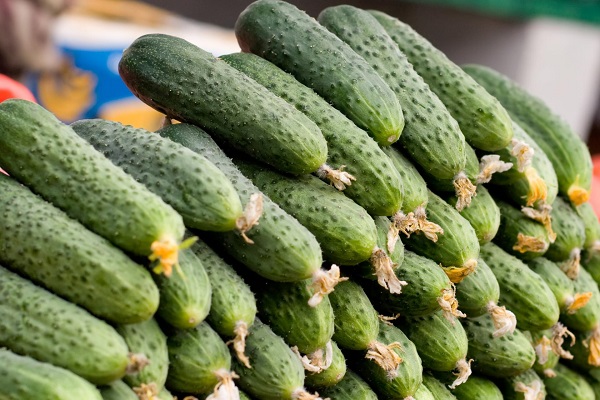
In the spring, the ridges are prepared as follows:
- In the heated earth, holes are made for the ridges, their depth should be at least 40 cm. A layer of sawdust with the addition of urea with a thickness of 9 to 13 cm is placed on the bottom of the depression, everything is well leveled. Next, there is a line of warm manure, the calculation is as follows: 1 ton per 3 m of area. The last thing to do is lay the ground, 20–25 cm thick. The ridge is covered with a dark film.
- You can create a double seedling shelter. This method involves heating the soil with boiling water; the seedlings are planted no earlier than April. It is necessary to create a fence using a frame - wood or metal and film. The second layer is also done. Thanks to this technology, an air gap is obtained that prevents cucumbers from freezing.
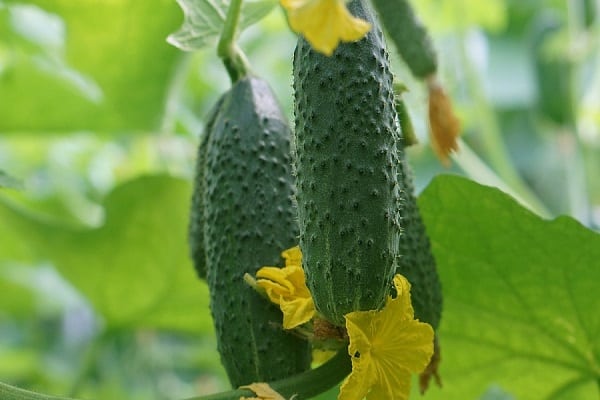
Creating the most favorable conditions makes it possible to grow cucumbers quickly, efficiently and in large quantities.
Care
The features of the care of varieties grown in their own garden do not differ from the activities provided to other varieties. The only difference is that Lukhovitsky cucumbers do not need watering and loosening the soil at first. But on the other hand, fertilizing with various fertilizers is mandatory. Organic and mineral products are mixed in equal proportions, reducing the concentration by half.

The first requirement of varieties of this type, which must be paid attention to, is the creation of conditions with high humidity and sufficient temperature. Cucumbers need protection from frost and night temperature fluctuations.They need to be watered with warm, settled water. It is also necessary to weed and loosen the ridge.
Harvesting
With the onset of a warm early spring, cucumbers in the greenhouse give the first batch of harvest in May. In the open field, the fruits will ripen no earlier than 1–1.5 months after planting. Subject to all the rules for growing Lukhovitsky cucumbers, the harvest will be of high quality and abundant, but do not expect more than indicated in the characteristics of a certain variety.

